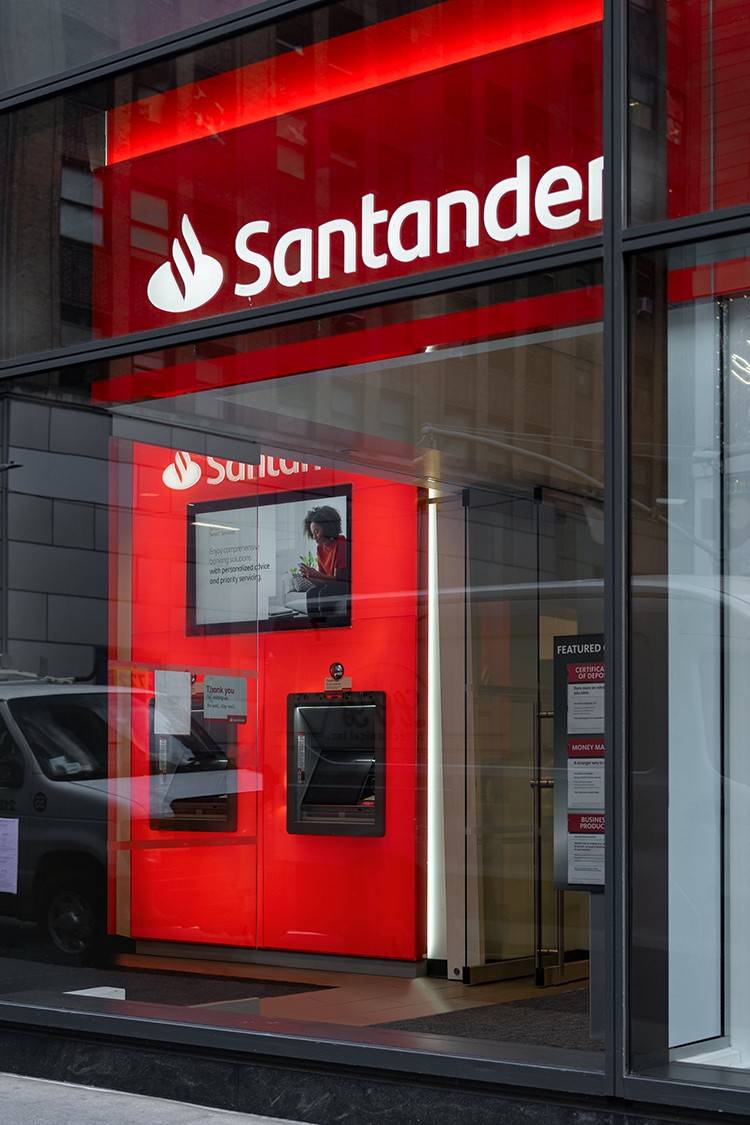- Banco Santander (SAN) reported earnings per share (EPS) of $0.25, slightly below the estimated $0.26 but achieved a revenue of approximately $17.8 billion, surpassing the estimated $15.4 billion.
- The growth in net profit is supported by higher fees and a reduction in loan loss provisions, indicating effective risk management and income diversification.
- The company’s price-to-earnings (P/E) ratio of 9.65 and earnings yield of 10.36% suggest a strong valuation and potentially attractive investment opportunity.
Banco Santander, trading as SAN on the NYSE, is a prominent Spanish bank with a global presence. It offers a wide range of financial services, including retail banking, corporate banking, and wealth management. As a major player in the banking sector, Santander competes with other large financial institutions like BBVA and CaixaBank.
On July 30, 2025, SAN reported earnings per share (EPS) of $0.25, slightly below the estimated $0.26. Despite this, the company achieved a revenue of approximately $17.8 billion, surpassing the estimated $15.4 billion. This revenue growth is supported by a 7% increase in net profit for the second quarter compared to the same period in 2024, as highlighted by Reuters.
The growth in net profit is driven by higher fees and a reduction in loan loss provisions, which helped offset a decline in lending income. This indicates that Santander is effectively managing its risk and diversifying its income streams. The company’s price-to-earnings (P/E) ratio of 9.65 reflects the market’s valuation of its earnings, while the price-to-sales ratio of 2.02 shows its market value relative to sales.
Santander’s enterprise value to sales ratio of 2.47 and enterprise value to operating cash flow ratio of 3.95 suggest a strong valuation in relation to its sales and cash flow from operations. The earnings yield of 10.36% provides insight into the earnings generated from each dollar invested in the company, indicating a potentially attractive investment opportunity.
The company’s debt-to-equity ratio of 3.14 highlights its financial leverage, which is an important factor for investors to consider. This ratio indicates the extent to which Santander is using borrowed funds to finance its operations, which can impact its financial stability and risk profile.




